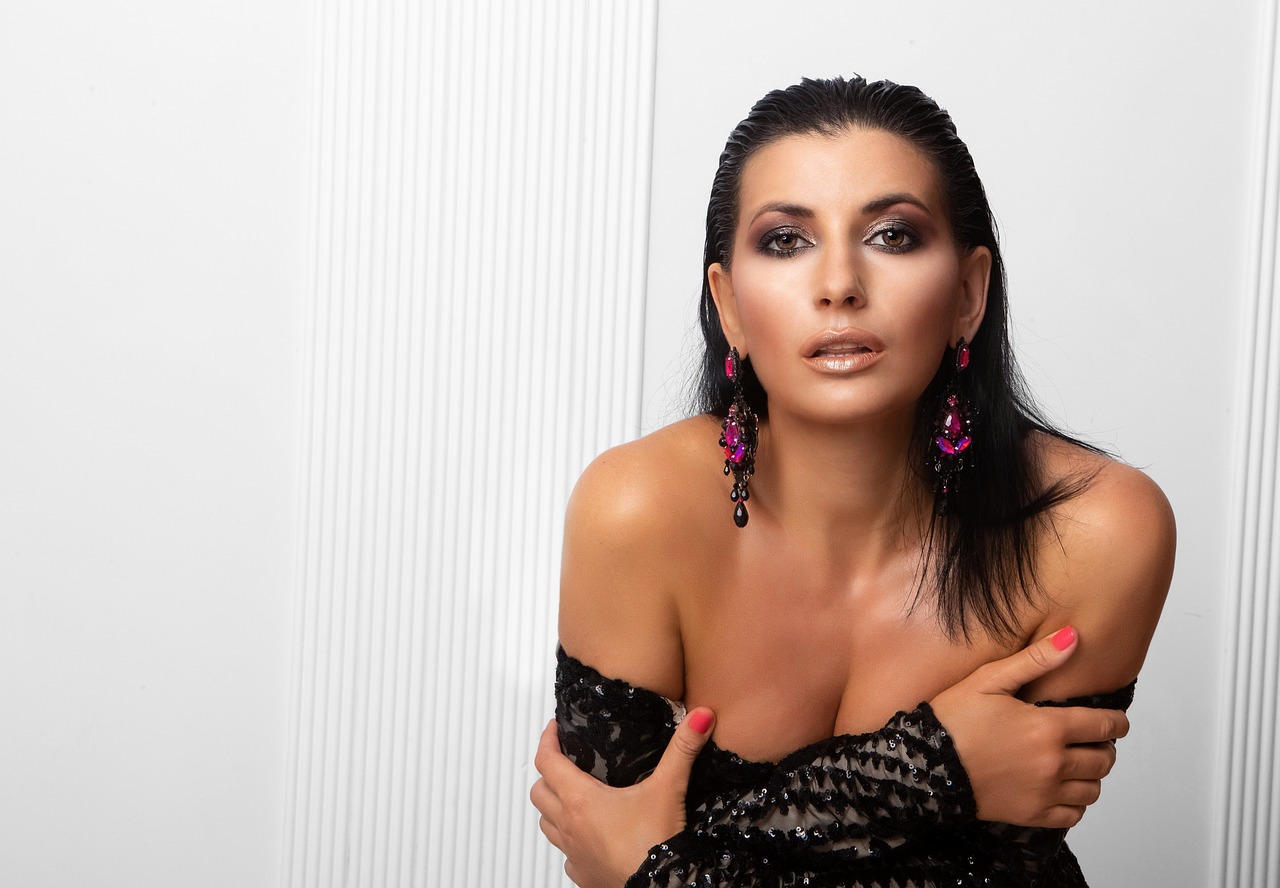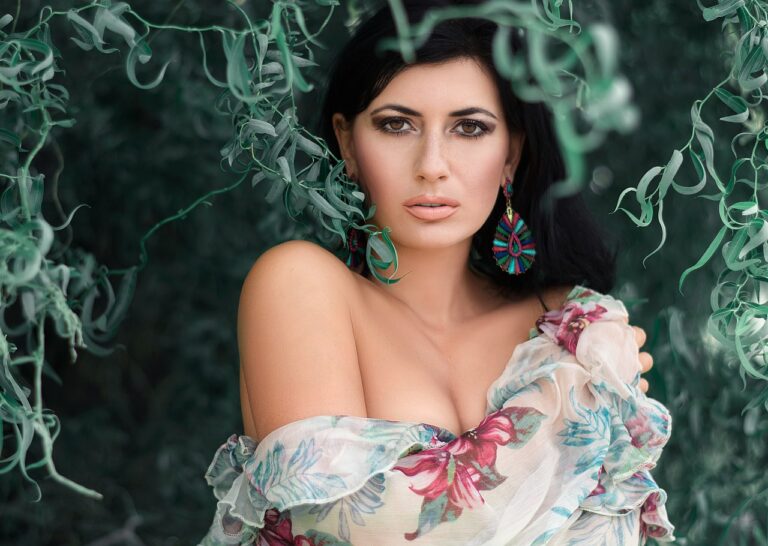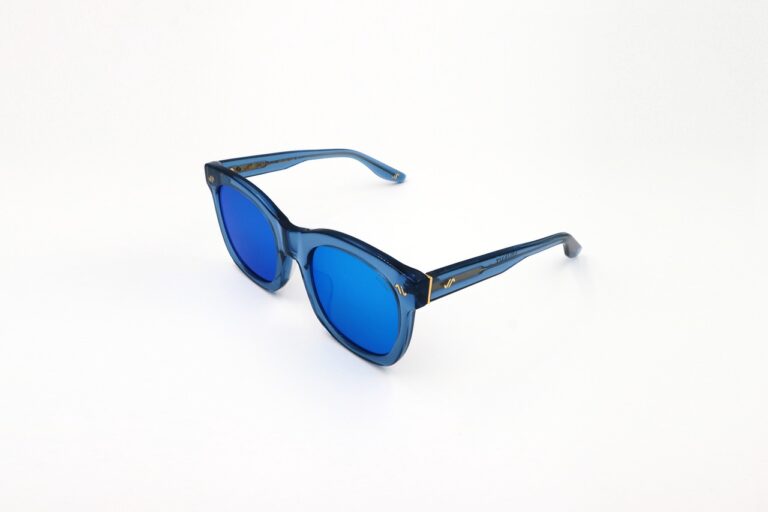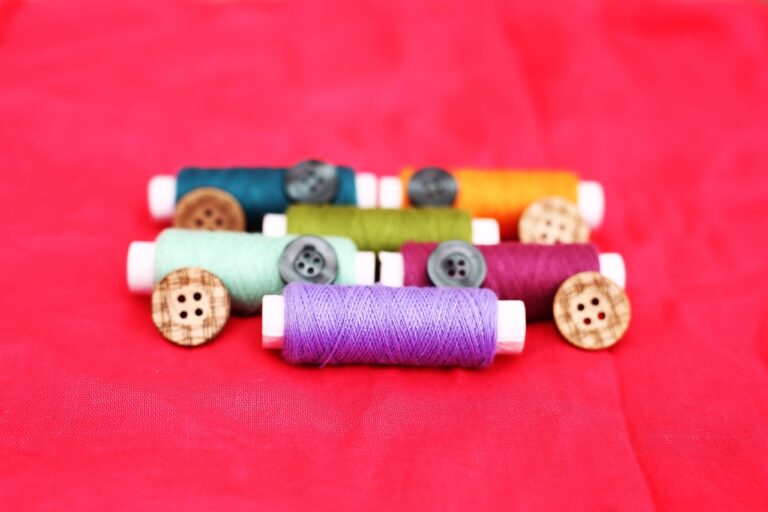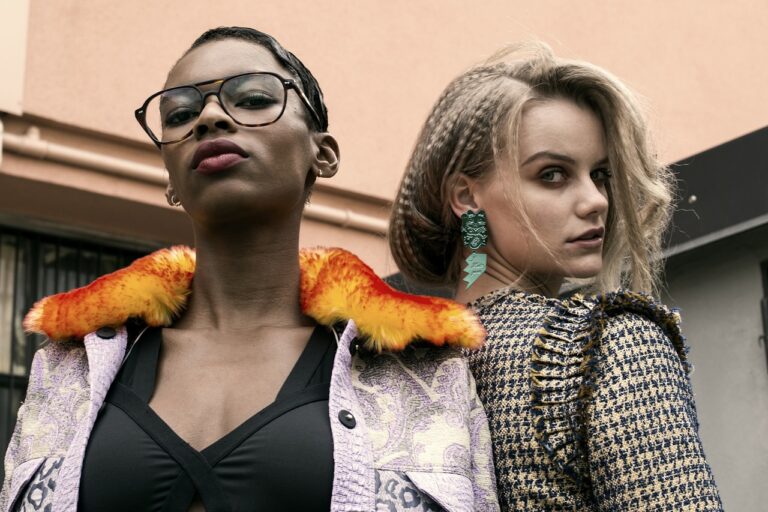The Psychology of Fashion Advertising: Influencing Consumer Behavior
Fashion advertising is a powerful tool that plays a significant role in influencing consumer behavior. From billboards to social media campaigns, fashion brands are constantly vying for the attention of consumers and shaping their perceptions of the latest trends and styles. Understanding the psychology behind fashion advertising can provide valuable insights into why consumers make purchasing decisions and how brands can effectively engage with their target audience.
The Role of Emotions in Fashion Advertising
One of the key factors that drive consumer behavior in the fashion industry is emotion. Fashion brands often use emotionally charged imagery and messaging to create a connection with consumers and evoke a particular feeling or desire. Whether it’s a sense of empowerment, luxury, or belonging, emotions play a crucial role in shaping consumer perceptions and motivations.
The Influence of Social Proof
Social proof is another powerful psychological principle that fashion advertisers leverage to influence consumer behavior. By showcasing testimonials, celebrity endorsements, and user-generated content, brands can establish credibility and trust with consumers. People are more likely to purchase a product or service when they see others endorsing it, making social proof a crucial element in fashion advertising campaigns.
The Scarcity Effect
The scarcity effect is a psychological principle that suggests people are more motivated to buy a product when they believe it is in limited supply. Fashion brands often create a sense of urgency by promoting limited edition collections or exclusive deals, driving consumer desire and increasing sales. By tapping into the scarcity effect, fashion advertisers can create a sense of FOMO (fear of missing out) and compel consumers to make a purchase before it’s too late.
The Impact of Visual Storytelling
Visual storytelling is a key element of successful fashion advertising campaigns. Images and videos can evoke emotions, convey brand values, and create a compelling narrative that resonates with consumers. By telling a story through visuals, fashion brands can engage with their audience on a deeper level and leave a lasting impression that drives brand loyalty and repeat purchases.
The Role of Influencer Marketing
Influencer marketing has become a dominant force in the fashion industry, with brands partnering with social media influencers to promote their products to a wider audience. By leveraging the trust and influence of these online personalities, fashion advertisers can reach new demographics and drive sales. Consumers are more likely to trust recommendations from influencers they follow, making influencer marketing an effective strategy for brands looking to connect with their target audience.
The Future of Fashion Advertising
As technology continues to advance, the landscape of fashion advertising is evolving rapidly. Virtual reality, augmented reality, and artificial intelligence are creating new opportunities for brands to engage with consumers in innovative ways. By embracing cutting-edge technologies and adopting a data-driven approach, fashion advertisers can deliver personalized and immersive experiences that resonate with their target audience.
FAQs
What is the psychology behind fashion advertising?
The psychology behind fashion advertising revolves around understanding consumer behavior and using emotional triggers, social proof, and visual storytelling to influence purchasing decisions. By tapping into consumers’ desires, fears, and aspirations, fashion brands can create compelling campaigns that resonate with their target audience and drive sales.
How does social proof influence consumer behavior?
Social proof is a powerful psychological principle that suggests people are more likely to follow the actions of others when making decisions. In fashion advertising, brands use social proof through testimonials, celebrity endorsements, and user-generated content to establish credibility and trust with consumers. By showcasing others’ positive experiences with their products, brands can influence consumer behavior and drive sales.
Why is visual storytelling important in fashion advertising?
Visual storytelling is important in fashion advertising because it allows brands to convey their brand values, create a connection with consumers, and evoke emotions through images and videos. By telling a story through visuals, fashion brands can engage with their audience on a deeper level and leave a lasting impression that drives brand loyalty and repeat purchases.
How does influencer marketing impact consumer behavior?
Influencer marketing has a significant impact on consumer behavior in the fashion industry. By partnering with social media influencers to promote their products, brands can reach new demographics and drive sales. Consumers are more likely to trust recommendations from influencers they follow, making influencer marketing an effective strategy for brands looking to connect with their target audience and influence their purchasing decisions.
What is the future of fashion advertising?
The future of fashion advertising lies in embracing cutting-edge technologies such as virtual reality, augmented reality, and artificial intelligence. By leveraging these technologies, fashion brands can deliver personalized and immersive experiences that resonate with consumers and drive sales. By adopting a data-driven approach and staying ahead of industry trends, fashion advertisers can successfully engage with their target audience and stay competitive in a rapidly evolving market.

